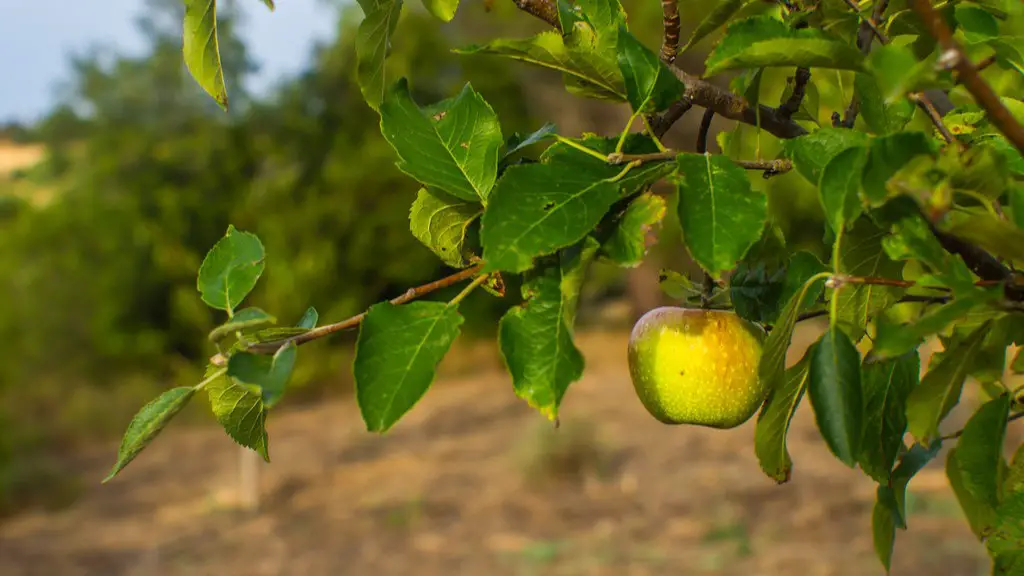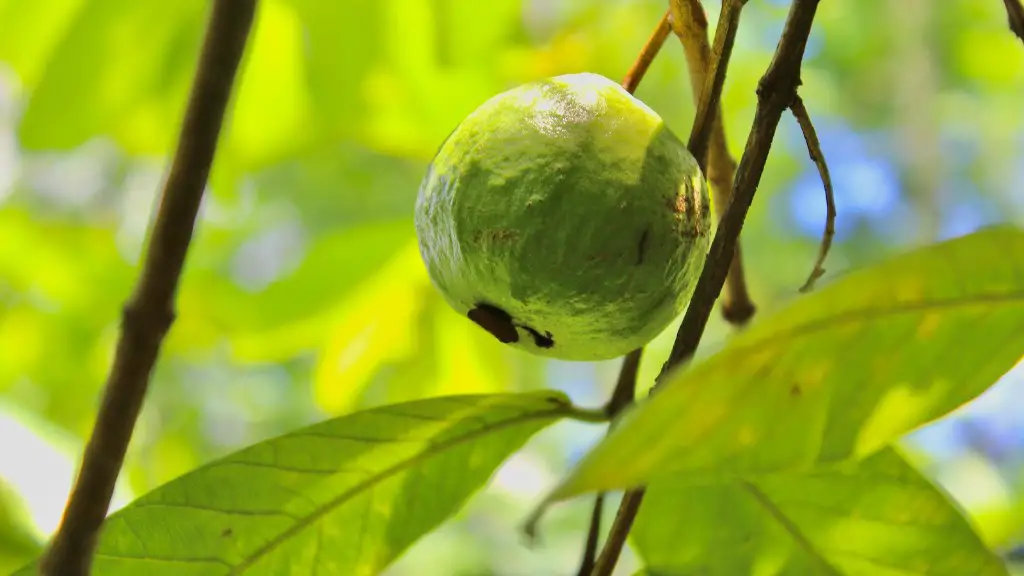The size of apples depends on various factors, such as the type of tree, the environmental conditions, and the quality of the soil. With regard to the question “Why are the apples on my tree so small?,” there is no one single answer; rather, it is likely the result of varying factors. It is possible that the tree is reaching the end of its life and hence the apples are becoming smaller or it could be that the tree is not receiving the right nutrients. It could also be due to a lack of pollinators, insufficient water or too much fertilizer, or something else. In order to determine the exact cause, it is essential to conduct proper assessment and analysis of the tree.
Tree Health Issues
Tree health issues affect the size of apples produced. Trees may be diseased, such as with apple scab or apple rust, or they may have been damaged by severe weather, pests, or excessive pruning. Poor soil conditions can lead to weak, malnourished trees, making them susceptible to disease and pests. These conditions can all cause the trees to produce smaller apples, as the nutrient and energy needs are not being met. Therefore, if the tree is not in a healthy condition, it is important to get it checked out to identify and address the underlying issue.
Nutrient Deficiency
Nutrient deficiency is another common cause of small apples. Trees need the right balance of minerals and nutrients to bear fruit. Too much of a nutrient can be toxic to some trees, resulting in smaller apples. Fertilizers with too high a concentration of nitrogen, for instance, can make trees produce too much leaf growth, which can result in reduced fruit size. Similarly, too little of a nutrient can limit fruit size, as well. It is important to understand the types of fertilizer used and how to provide the required nutrients in the right quantity.
Environmental Stressors
Environmental stress can also affect the size of apples produced by a tree. Extreme temperatures, droughts, and floods can all harm the tree, resulting in smaller apples. It can also be impacted by environmental pollutants and too much shade. In areas prone to severe weather, it is important to protect trees properly and water them regularly to ensure that they have the right amount of moisture and that the apples produced remain a good size.
Pollinators and Pests
Pollination and pests can also have an impact on the size of apples produced by a tree. If there are not enough pollinators, such as bees and other insects, tree production can suffer. Additionally, if there are pests infesting the tree, they can cause stress and reduced productivity, resulting in smaller apples. Reducing the presence of pests and encouraging pollinators can help to keep the apples of a good size.
Tree Age
Another factor to consider is the age of the tree. Fruit trees tend to produce larger apples when they are in their peak production years. After this peak period, the apple production starts to decline and the apples become smaller; this decline is known as senescence. As a result, if the tree is approaching its end of life, the apples may be smaller in size.
Grafting
Grafting is a method of propagating new plants from existing trees. Grafted apple trees can produce apples that are smaller than those produced by the original tree. This is because the rootstock used for grafting may be of a different species that produces smaller apples, or the grafting technique may be incomplete, resulting in reduced fruit size.
Soil Quality
The quality of the soil is yet another factor that impacts the size of apples produced. Soil with a higher pH level can restrict root growth and limit the uptake of minerals and nutrients, resulting in smaller apples. Additionally, bad drainage can cause water-logged soil, reducing oxygen and depriving the tree of its required nutrient intake. It is important to assess the soil quality and adjust pH levels as necessary in order to ensure that the tree is supplied with the right amount of nutrients for good apple size.

